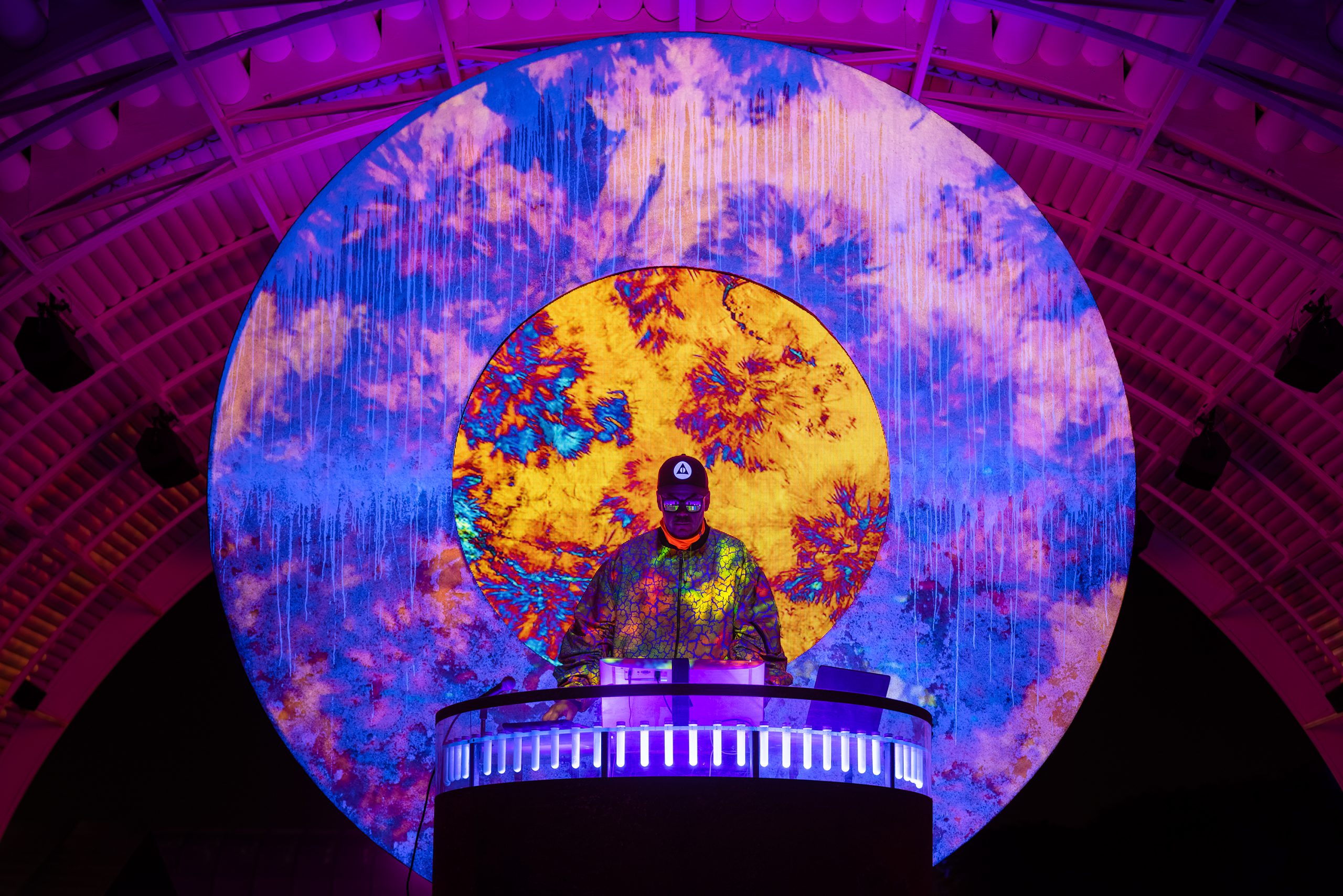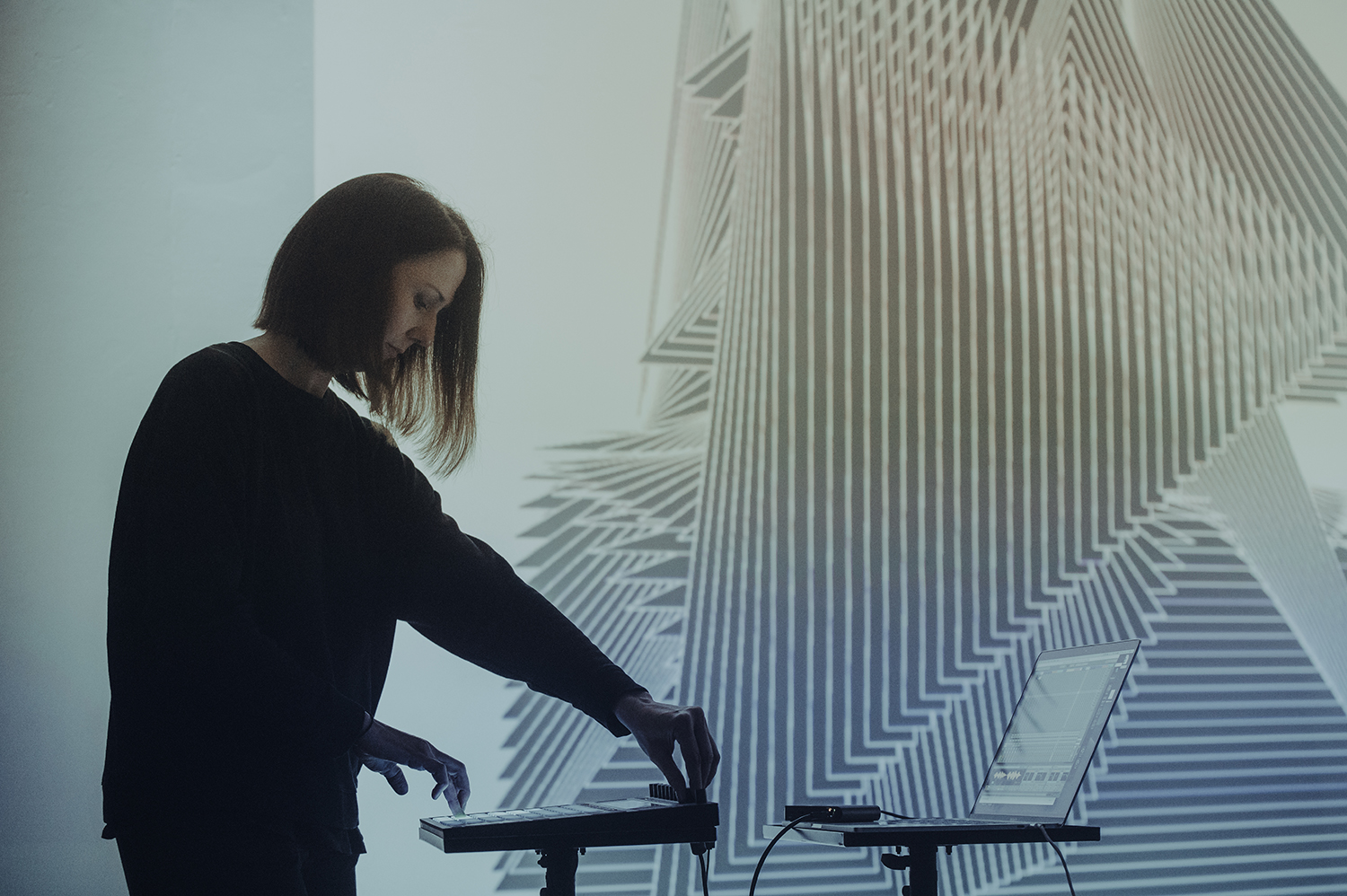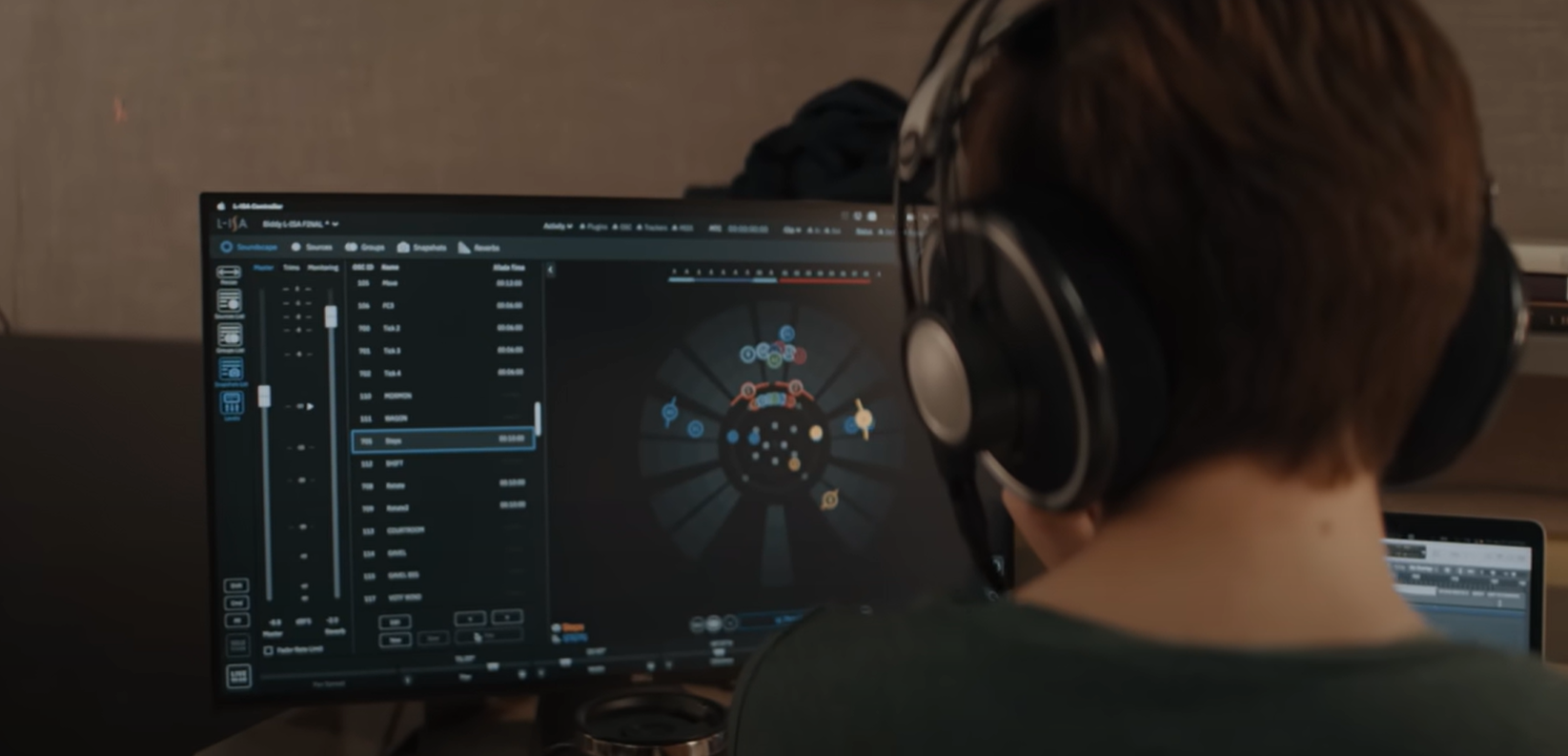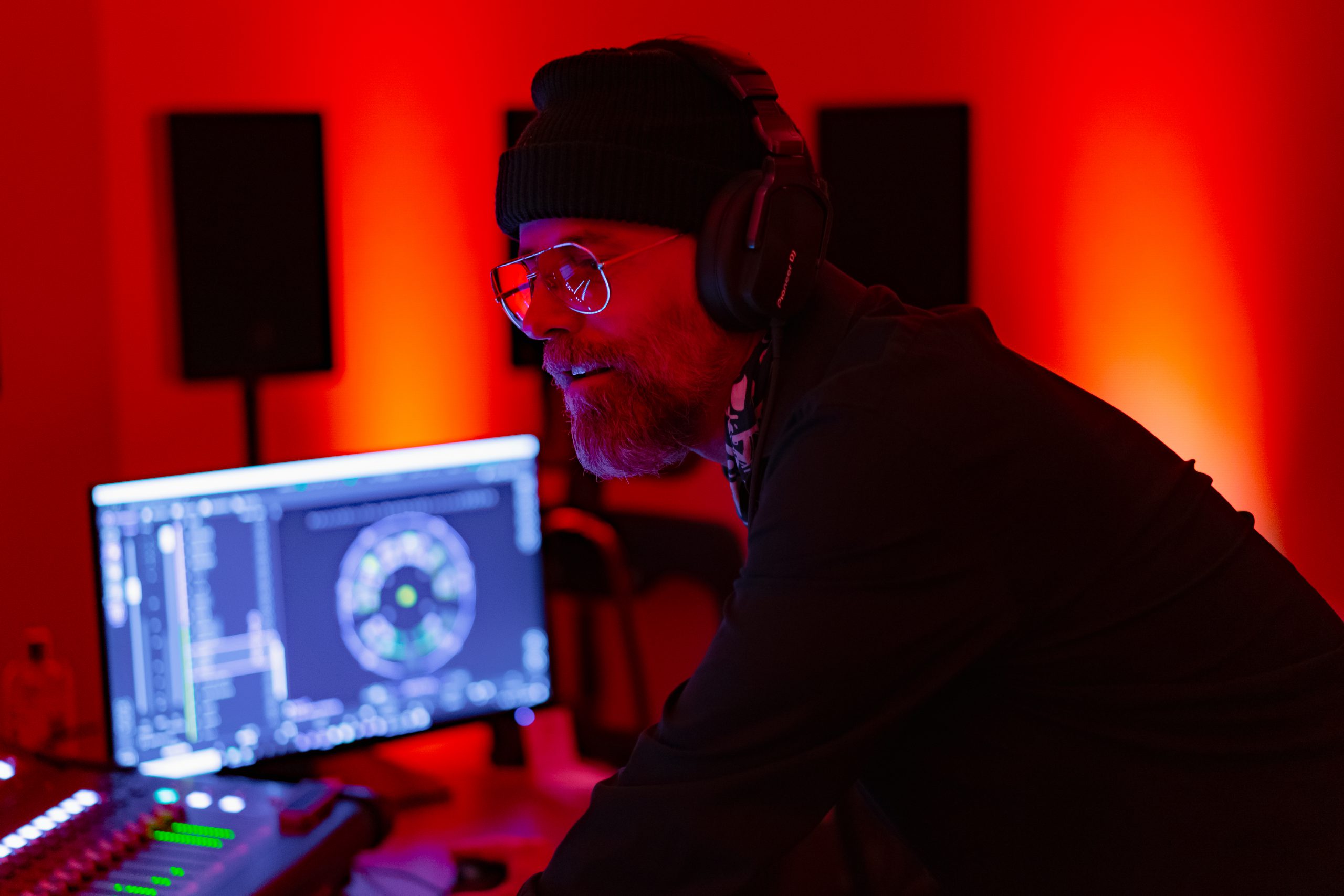Immersive Art in the Desert

Known for its top-flight music headliners, Coachella is far more than a music festival. Its ambitious art offering attracts both cutting-edge artists and those who appreciate their work. At the Coachella 2022 event, artist Cristopher Cichocki devised a remarkable installation: the five-story-tall Circular Dimensions x Microscape, constructed with more than 25,000 feet of PVC tubes, portraying a visual spectacle that examines the artist’s ongoing exploration of water and the history of the desert. The bandshell-shaped pavilion contained a living laboratory where scientists and artists generated experimental “video paintings” by manipulating water, salt, barnacles, and algae from the Salton Sea under microscopes and projecting that activity in real-time inside the pavilion’s “nucleus.”
“The audio I typically perform has a very three-dimensional spatialization aspect to it,” explains the artist, Cichocki, whose last name is pronounced “cha-ha-skee” and translates as “silence” in Polish. “I heard that the L-ISA technology would have the potential to take three-dimensional spatialization to the next level for Circular Dimensions. As it turned out, the bandshell type of environment I had designed for the installation was perfect for that.”
Cichocki, who DJed for several hours each evening ahead of the scheduled headliners, developed hours’ worth of audio content for the installation and performance comprised of tracks of natural sounds and other elements as disparate as Gregorian chants and recordings of speeches by environmentalist Greta Thunberg.
The festivalgoers who came to experience Microscape weren’t the only ones impressed with the musical art installation; Cichocki was equally wowed with the results. “What we accomplished with L-ISA was nothing short of spectacular. It was thrilling watching as people moved through the tunnel and wondered how the sound could move around the way it did. It put the sound on the same level as the visuals. That’s pretty remarkable in the art-installation world.”



